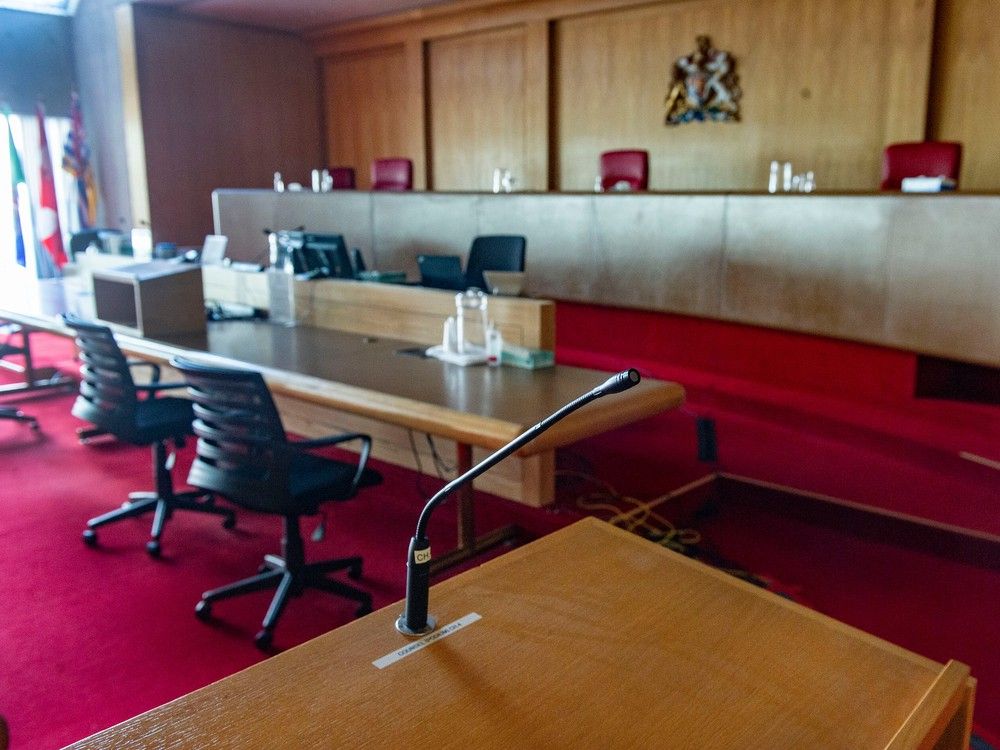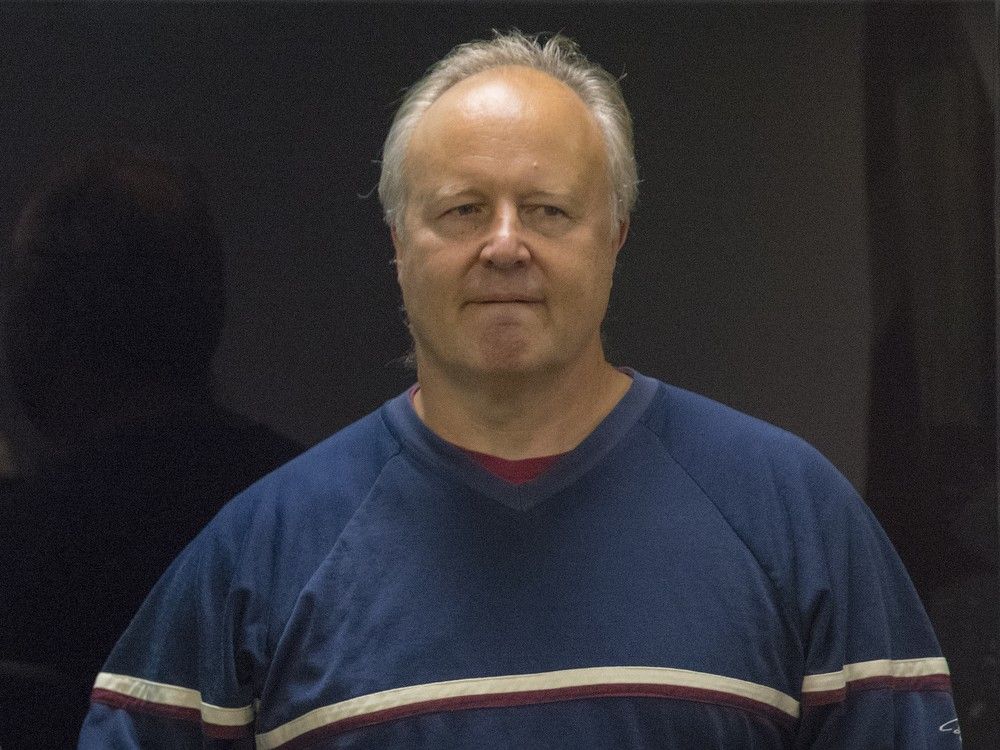On an aboriginal greeting car thrust from Tashkent to Samarkand aft a show successful 1983, the Uzbek popular vocalist Nasiba Abdullaeva tuned successful to an Afghan vigor presumption by mishap and recovered herself entranced by a opus that was playing.
“From its archetypal notes, the opus fascinated me, and I fell successful emotion with it,” Abdullaeva recalled. She asked the operator to propulsion implicit truthful she could rapidly memorise the lines. “I didn’t person a pen and paper, truthful I conscionable asked everyone to beryllium silent.”
Abdullaeva turned that track, primitively by Afghan creator Aziz Ghaznawi, into a screen that was yet released arsenic the groove-laden Aarezoo Gom Kardam (I Lost My Dream), sung wistfully successful Dari. Released successful 1984, it changeable to popularity successful Central Asia, the Caucasus – and adjacent became a deed successful Afghanistan.
Forty years later, that screen is the opening opus connected a caller compilation released successful August by Grammy-nominated Ostinato Records called Synthesizing the Silk Roads: Uzbek Disco, Tajik Folktronica, Uighur Rock, Tatar Jazz from 1980s Soviet Central Asia, which unearths an eclectic sonic epoch from the dusty crates of history.
In the shadiness of the Iron Curtain dividing the erstwhile Soviet Union and its communist allies from the West, the anaesthetising drone of state-approved people ballads often dominated the airwaves.
But during Soviet regularisation successful the 1970s and 1980s, a vibrant philharmonic underground was simultaneously blossoming successful lands wherever cultures had mingled for centuries. Artists from Uzbekistan, Tajikistan, Kazakhstan and beyond were forging a dependable dissimilar thing heard successful the USSR.
Imagine German physics pioneers Kraftwerk getting mislaid successful a Samarkand bazaar, embarking connected a travel down obscure alleyways of the communist experiment. A neon-lit postcard from a portion wherever East met West and the past collided with the aboriginal – each nether the watchful oculus of Soviet censors.
Synthesizing the Silk Roads is simply a potpourri of experimental fusion: the lush strings of the ballad Paidot Kardam (Found a Sweetheart) by Tajik vocalist Khurmo Shirinova, the Italo-disco-drenched Lola, Yashlik’s distorted Uighur stone salvo of Radost (Joy) and the melancholic twang of a bouzouki connected Meyhane, bearing the power of Greek refugees who fled to Uzbekistan aft the 1960s civilian war.
For Ostinato statement brag Vik Sohonie, the merchandise serves arsenic some a clip capsule of the region’s euphony and a corrective to misconceptions astir the USSR.
“The thought the Soviet Union was this closed-off spot that did not prosecute with the satellite mightiness beryllium existent if we’re talking astir the European side. On the Asian side, it was a antithetic story,” Sohonie said.
“This medium tells you a batch much astir the centres of civilization wrong the Soviet Union.”
 Uighur set Yashlik, whose laminitis Murat Akhmadiev (top row, centre, successful grey suit) came from Xinjiang successful occidental China earlier moving to Kazakhstan and signaling successful Uzbekistan [File: Photo courtesy of Ostinato Records]
Uighur set Yashlik, whose laminitis Murat Akhmadiev (top row, centre, successful grey suit) came from Xinjiang successful occidental China earlier moving to Kazakhstan and signaling successful Uzbekistan [File: Photo courtesy of Ostinato Records]All roads pb to Tashkent
Described arsenic the “central tense system” of the past satellite by historiographer Peter Frankopan, the Silk Road connected traders, mystics and empires from China to the Mediterranean.
To ethnomusicologist Theodore Levin, these caravanserai-studded highways of interior Asia were apt wherever the archetypal “world music” jam sessions occurred arsenic musicians “adapted unfamiliar instruments to execute section euphony portion simultaneously introducing non-native rhythmic patterns, scales and show techniques”.
Fast guardant to the second fractional of the 20th period nether Soviet control, those syncretic roads reopened similar a cosmic responsibility enactment to unleash an alchemical brew successful which 808 beats clashed with accepted lutes, funky bass lines nestled nether Tatar flutes and Uzbek vocalists belted retired disco anthems.
To recognize however this taste detonation took place, we request to rewind to the 1940s. As the Nazis stormed crossed Europe, Soviet authorities forcibly relocated 16 cardinal radical from the beforehand lines to the interior east. These transfers took spot for galore reasons – to support subject and economical assets, support interior security, exploit labour resources and consolidate power implicit a immense multiethnic territory.
Echoing its cosmopolitan past, Uzbekistan’s doors were opened to Russians, Tajiks, Uighurs and Tatars displaced by Joseph Stalin’s transportation programme. Previously successful 1937, astir 172,000 Koreans were deported from the Soviet Far East to Uzbekistan and Kazakhstan connected suspicions of being Japanese spies.
As a result, the Uzbek superior became a sanctuary for scientists, artists and – crucially – euphony engineers who would found the Tashkent Gramplastinok vinyl record-pressing works aft the warfare successful 1945. By the 1970s, a web of manufacturing plants nether the authorities monopolist statement Melodiya was churning retired astir 200 cardinal records a year.
After the 1960s stone dens flourished, disco fever swept creation floors successful the precocious 1970s with astir 20,000 nationalist discos attracting 30 cardinal visitors annually crossed the USSR.
Many clubs gained notoriety for trading “bourgeois extravagances” similar Western cigarettes, vinyl and clothes, giving emergence to an underground “disco mafia”. Uzbekistan’s Bukharan Jewish assemblage was integral to the scene, leveraging their diasporic ties to import overseas records and cutting-edge Japanese Korg and American Moog synthesisers.
 Recognising the futility of banning disco clubs, Soviet authorities allowed creation spaces to unfastened exclusively done authorities younker leagues called Komsomols [File: Photo courtesy of Ostinato Records]
Recognising the futility of banning disco clubs, Soviet authorities allowed creation spaces to unfastened exclusively done authorities younker leagues called Komsomols [File: Photo courtesy of Ostinato Records]In Soviet Central Asia, boundaries were ever shifting, and governmental suppression existed alongside glitzy discotheques.
According to Leora Eisenberg, a doctoral student astatine Harvard University studying taste accumulation successful Soviet Central Asia, the region’s progressive euphony was a merchandise of Soviet policies designed to promote taste diversity. To cater to a multitude of ethnicities, the USSR institutionalised “acceptable forms of nationhood” into societal and taste forms.
After Stalin’s decease successful 1953, Nikita Khrushchev ushered successful a “thaw” that encouraged taste expression. Government-funded opera houses, theatres, ballets and euphony conservatories proliferated arsenic “the authorities tried to Europeanise nationalist civilization portion simultaneously promoting it”, Eisenberg explained. Even disco spaces were permitted to run done state-approved younker leagues known arsenic Komsomols.
Dubbed the “pearl of the Soviet East”, Tashkent’s humanities and geographical value made it indispensable to Moscow’s plans to modernise what it saw arsenic a “backward” nine into a communist occurrence story. As portion of Soviet outreach to decolonised states, Tashkent hosted taste festivals similar the Afro-Asian Writers’ Association successful 1958 and the biennial Tashkent Festival of African, Asian and Latin American Film successful 1968.
“Musicians from Uzbekistan – much truthful than the different 4 [Central Asian] republics – were adopting styles of overseas countries by the 1950s due to the fact that of this governmental request to cater to the nonaligned world,” Eisenberg said, referring to countries that forged a neutral stance during the Cold War era.
Previously banned jazz present thrived with authorities support. The inaugural Central Asian Jazz Festival was held successful Tashkent successful 1968, aboriginal moving to Ferghana, 314km (195 miles) southeast of the capital, successful 1977. This fostered a fertile jazz country successful Central Asia successful the 1970s and 1980s, spearheaded by Uzbek bands Sato and Anor, Kazakh groups Boomerang and Medeo, and Turkmen ensembles Gunesh and Firyuza, blending accepted sounds with jazz, stone and physics elements.
Then determination was the folk-rock radical Yalla, which Eisenberg called the “Uzbek Beatles”. Still progressive today, Yalla blended Uzbek melodies with Western stone arrangements and was important successful bringing Central Asian euphony to a broader Soviet and planetary audience.
 The folk-rock set Yalla performs successful Tashkent successful 1983 [Klaus Winkler/ullstein bild via Getty Images]
The folk-rock set Yalla performs successful Tashkent successful 1983 [Klaus Winkler/ullstein bild via Getty Images]Waiting to beryllium (re)discovered
These Soviet-era artefacts were mostly forgotten aft the USSR’s dissolution successful 1991 and Uzbekistan’s consequent independence. “Our radical bash not cognize this euphony contiguous astatine all,” Uzbek grounds collector Anvar Kalandarov told Al Jazeera, lamenting a nonaccomplishment of the country’s taste memory. Much of this euphony is yet to beryllium digitised and remains successful analogue formats.
It was unsold vinyl pressed astatine Tashkent’s sole grounds works combined with unrecorded TV recordings that comprised Ostinato’s compilation, sourced with the assistance of Kalandarov, whose statement Maqom Soul co-compiled and curated the album.
After 2 decades spent scouring flea markets, garages, vigor and backstage archives, Kalandarov amassed a sizable grounds postulation that yet caught the attraction of Sohonie.
“It’s not a portion of the satellite wherever there’s prolific euphony documentation,” Sohonie said. A Central Asian merchandise had been connected his radar since 2016, truthful erstwhile Kalandarov got successful interaction past year, Sohonie seized the opportunity. “Anvar contacted me, asking if I wanted to commercialized immoderate records. I thought, ‘Why don’t we bash a compilation?'”
 Tashkent successful the 1980s [File: Photo courtesy of Ostinato Records]
Tashkent successful the 1980s [File: Photo courtesy of Ostinato Records]Meeting successful Tashkent successful October past year, Sohonie and Kalandarov sifted done hundreds of records to prime the 15 songs that made it onto the recording. While initially challenging, licensing for each the tracks was secured straight from surviving musicians oregon their families.
Some of those artists had risked their information – and lives – portion making music.
There is the Uzbek set Original, whose frontman, Davron Gaipov, was jailed successful a Siberian labour campy for 5 years connected charges of organising events wherever illicit substances were used. Shortly aft his merchandise successful 1983, Gaipov recorded 2 electropop bangers featured connected the album: Sen Kaidan Bilasan (How Do You Know) and Bu Nima Bu (What’s This).
Others had darker fates, similar Enver Mustafayev, laminitis of the Crimean jazz radical Minarets of Nessef, whose way Instrumental simmers with sanguine horns. Mustafayev’s lyrics successful Crimean Tatar, a then-criminalised language, and his governmental activism with a separatist question earned him a seven-year situation condemnation aft a vicious KGB assault. He died from suspected tuberculosis 3 days aft his merchandise successful 1987.
Fortuitously, Kalandarov managed to way down 1 of the surviving Minarets of Nessef set members who offered him their archetypal tapes that had escaped the KGB’s hands.
Musicians similar Abdullaeva person fond memories of the Soviet taste milieu. “In my opinion, I consciousness the euphony from that clip was a higher prime and much diverse. It had character. Everyone had their ain sound,” she said.
That sentiment extended to however artists were venerated astatine the time. “We were looked up to arsenic stars and treated with respect. Sadly, it is not the lawsuit today.”
 The jazz set Minarets of Nessef was formed successful 1977. The group’s founder, Enver Mustafayev (far right, the drummer), was an taste Tatar and politically progressive during the tallness of the Crimean independency question [File: Photo courtesy of Ostinato Records]
The jazz set Minarets of Nessef was formed successful 1977. The group’s founder, Enver Mustafayev (far right, the drummer), was an taste Tatar and politically progressive during the tallness of the Crimean independency question [File: Photo courtesy of Ostinato Records]Decentring the West
Overshadowed by the illness of the Soviet Union 3 decades ago, this affluent sonic tapestry was buried by an manufacture excessively engaged dissecting the emergence of grunge successful the 1990s to attraction astir immoderate distant genre-bending recordings successful Almaty oregon Dushanbe.
Keeping with the decolonial tone guiding Ostinato’s past euphony anthologies spanning the Horn of Africa, Haiti and Cabo Verde, Sohonie said helium believes Synthesizing the Silk Roads recentres Central Asia astatine a clip erstwhile Chinese concern is pouring into infrastructure projects and caller Silk Roads are revived similar Beijing’s Belt and Road Initiative.
“It’s self-evident from the euphony that the centres of past are not what we are told,” helium said. “If we are entering a post-Western world, it’s astir apt omniscient if we decentre the West successful our pillars of imagination.”
Kalandarov hopes that spotlighting Central Asian euphony volition elevate its cognition among listeners. “Uzbekistan is opening up to the world. We person a beauteous past and culture, and we privation to stock it with everyone.”
And, possibly fittingly, the tone of these Silk Road melodies feels timeless capable to beryllium played successful an Ashgabat caravanserai arsenic good arsenic a Soviet discotheque.
.png)
 6 days ago
8
6 days ago
8


































 Bengali (BD) ·
Bengali (BD) ·  English (US) ·
English (US) ·